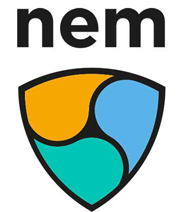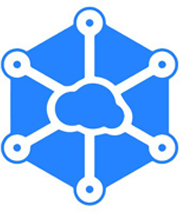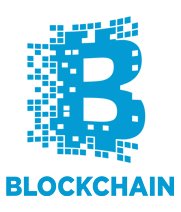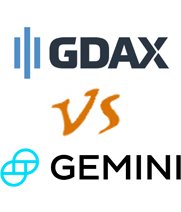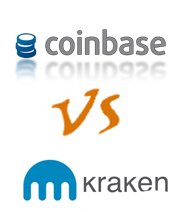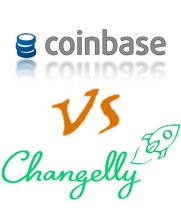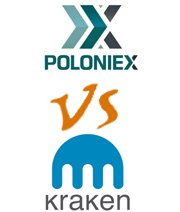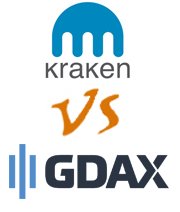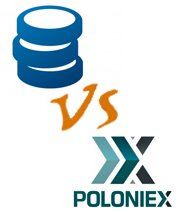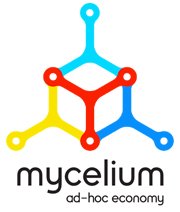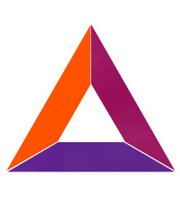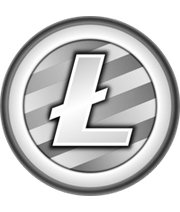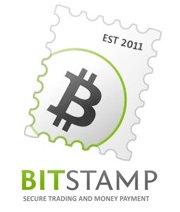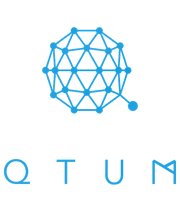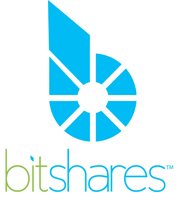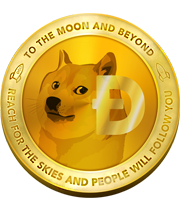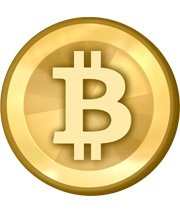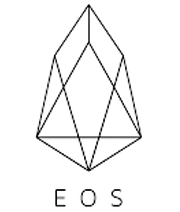
Table of Contents
Blockchain technology is quickly becoming the way of the future, and that means people are going to want more use out of it than the act of merely recording transactions – they’re going to want decentralized applications (dapps), programs that utilize the blockchain platform to provide all sorts of services, including computing, entertainment, and communication.
EOS is a blockchain project that aims to create a helpful, supportive atmosphere for dapp developers, giving them what they need to develop applications quickly and simply. It will use smart contract protocols to enable a large-scale platform for the creation of dapps, something which there will definitely be a need for as more people flock to blockchains.
With this guide, you’ll learn a little about EOS, what it is, how it works, and how you can make the most use out of it.

How Does EOS Work?
The whole point of EOS is to make it easy for people to create dapps. Right now, it’s more difficult for developers to get involved in blockchain without specialized training, and without assistance from the blockchains they want to develop for. That’s where EOS comes in.
Not only does EOS promise a platform that can handle large numbers of transactions per second, but they want it to be user-friendly for developers, investors, and everyday users. EOS basically wants to create an operating system that emphasizes web-centric applications, and to that end they want to provide things that will improve and streamline the overall experience.
The first of these things is their user authentication system. The network itself will have support for user accounts that have different degrees of access and permissions, accounts that can also hold user data that will be kept safe and secure. Their authentication system comes with account recovery, should someone lose their access information, lose their data, or have to change to a new computer.
The second is cloud storage. EOS intends to provide developers and users with storage for files, as well as bandwidth from their own network. This way, developers don’t have to try and find other solutions for storing data, work, and project files. EOS will offer statistics for developers’ data and bandwidth usage, as well as other options, all of which will be paid for in EOS token stakes.
The state of the EOS blockchain can be verified and confirmed as a series of events (called consensus over events), as opposed to confirmed as a state (like Bitcoin does). While this means it takes longer to confirm, since nodes have to reconfirm and compare their version of network events in the whole history of the blockchain, it can handle more transactions at a time. This means that EOS will be able to handle as many as a million transactions a second.
EOS itself doesn’t charge users for transactions. Developers will set their own charges, hopefully creating a competitive playing field.
The EOS platform is also a democratic one, with a governance model that allows producers of blocks to confirm transactions and make changes and developments to the EOS platform. It’s user-driven, and rewards community interaction.
The team behind EOS has also found a way to speed up performance by finding a new way to approach block formation. Instead of having to wait for the next block to record a transaction, the process is changed into “cycles” of block formation, so that transactions can be sent and received during the same block cycle, or in between block formation. This reduces slow-down caused by users having to wait for each block to be created.
buy uk singulair online www.mabvi.org/wp-content/languages/new/uk/singulair.html no prescription
EOS: Its History, the Team, and Its User Base
The company behind EOS is called Block One, a crypto development company headed by blockchain veterans Dan Larimer and Brendan Bloomer. Their experience doesn’t only stop at development – they’ve also been active in spreading word-of-mouth and promoting blockchain as a technology in general.
EOS is already off to a good start. Their first road map was released earlier this year, a few months after the release of EOS 1.0 in September of 2024. In Q2 of 2024 they plan to release EOS 3.0 – the official public release. Compared to other blockchain startups that seem to take months or even years to finally get up and going, EOS is charging ahead and is well on its way to being one of the most efficiently-developed platforms that we’ve ever seen.
EOS also has a user base that’s committed to it, something that’s essential to any platform that’s just starting up and doesn’t have too much money behind it. Unlike many other similar startups, EOS has physical meet-ups, an active art community, and social media followings everywhere from Facebook to Twitter.

The EOS ICO
This is one of the more unusual ICOs we’ve ever seen. Unlike most ICOs that last from a few days to a full month, the EOS ICO was designed to last for a full year. That’s right. How are they doing this? They’re splitting up the year into 350 distribution periods, the end of each of which sees the tokens distributed to those who pledged Ethereum to the project during that distribution period.
It’s also listed on major exchanges, meaning its price is market-driven. Doing things this way has made sure EOS has a lot of exposure and gets the maximum amount of money possible.
The only drawback to EOS tokens? They’re practically useless until dapps get created and the platform gets off the ground.

EOS vs Ethereum
These platforms are slightly different, despite their similarities. Both of them are blockchain platforms that encourage development, providing tools to developers to create apps that work with their blockchains. Both also make use of smart contracts. EOS is being created as a dedicated developer and user-centric operating system, while Ethereum is mainly a currency, with its extra development features being more of a bonus. Ethereum has the advantage of already existing – EOS, on the other hand, is still a few months away from getting off the ground.
EOS vs Cardano
These are both blockchain platforms that intend to move blockchain technology to the next level. Cardano focuses on being a decentralized platform that allows for complex smart contracts, while EOS is trying to be its own operating system with tools available to help developers create apps that work with its blockchain. Both have tokens, but while EOS tokens are used by developers to pay for their own tokens (and for users to vote with), Cardano appears to be more of a standard currency that’s meant to be used to buy goods and services. It’s not clear if EOS will be mineable, while Cardano’s Ada currency is definitely mineable.
EOS vs Iota
These are both blockchain platforms, but they have little in common other than their dedication to the scalability of their platforms to allow for large-scale use and a high number of transactions without network slowdown. EOS wants to create a decentralized operating system that allows developers to easily create applications that work on its blockchain, while Iota wants to create a decentralized network that offers a lot of possibilities, like letting users to rent out anything from hard drive space to processing power to renewable energy cars and P2P data transfer. Both also promise low or no fees for transactions.
Frequently Asked Questions
- Is EOS a currency?
Yes, EOS is the name of both the platform and the currency. - Is EOS “crypto”?
Yes, it’s definitely in the realm of cryptocurrency. - Is EOS a blockchain?
Yes, the EOS platform is based on a blockchain for recording transaction history. - What does the EOS token do?
It entitles users to vote on new apps, and lets developers develop their own app-specific coins. - Where do I get the EOS coin?
You can get it on Huobi, Bitthumb, Binance, Gate.io, and Bitfinex, among many others. - When is the EOS ICO?
It started in June of 2024 and will last until June of 2024. - Can I buy EOS?
Yes. - Where can I read EOS coin news?
Reddit, Twitter, and on crypto blogs. - What is EOS coin?
It’s a token used on the EOS blockchain network. - What’s the price prediction for EOS?
The price could go up once the main network is launched. - How does EOS fare vs Ethereum?
Check out the section above for our comparison of these two platforms. - How does EOS mining work?
It’s not clear if EOS is mineable. - Is there an EOS wallet?
It looks like EOS coin can be stored in any Ethereum-compatible wallet. - Do you know how to buy EOS token?
Go to one of the exchanges that list it and trade your Bitcoin or Ethereum for it. - What is the EOS ICO price?
The price changes with the markets.
Conclusion
If blockchain technology is going to be used to its fullest extent, there will need to be an entire ecosystem of apps that users can use, but until now many blockchain platforms have made it difficult for developers to work on dapps for those networks. EOS is trying to change that, evening out the learning curve and making it easier for people to create and get involved. Hopefully this mindset catches on, making blockchains all over more accessible, more usable, and more user-friendly.
buy uk zithromax online www.mabvi.org/wp-content/languages/new/uk/zithromax.html no prescription
This is the only way that blockchain networks will be widely-adopted. Otherwise, it could be doomed to stay in the shadows where only a small tech-literate subculture can get the most use out of it. Let’s hope that doesn’t happen.



